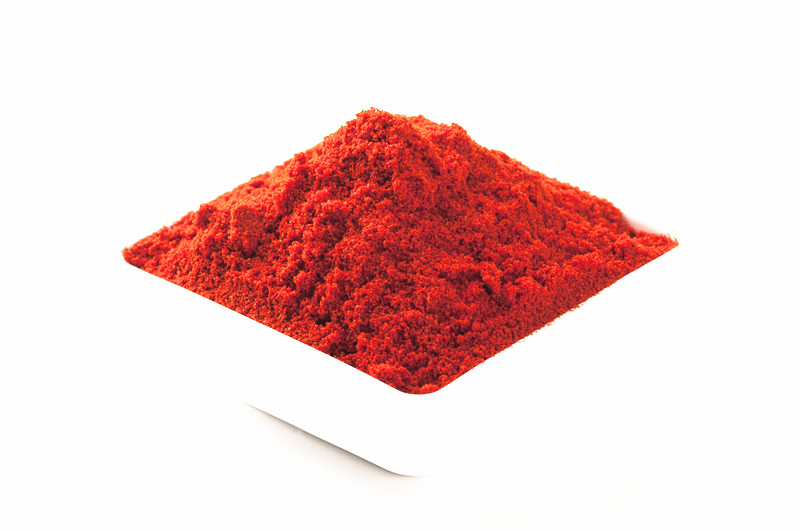Dec . 04, 2024 10:17 Back to list
Exploring Various Varieties of Dried Chiles for Culinary Delights
Exploring the Various Types of Dried Chiles
Dried chiles are a staple ingredient in various cuisines around the world, particularly in Latin American, Asian, and Mediterranean cooking. Their intense flavors and versatile uses make them a favorite among chefs and home cooks alike. In this article, we will explore several popular types of dried chiles, their unique characteristics, and how they can elevate your culinary creations.
1. Ancho Chile
Ancho chiles are the dried version of poblano peppers. With a rich, sweet flavor and mild to medium heat, they add a deep, smoky note to dishes. Anchos are often used in mole sauces, stews, and marinades. Their dark, wrinkled skin and soft flesh make them easy to rehydrate, allowing you to blend them into sauces or chop them for use in various recipes.
2. Guajillo Chile
Guajillo chiles are known for their bright red color and complex flavor profile, which combines tanginess with a hint of berry-like sweetness. They typically range from medium to hot on the heat scale. Guajillos are commonly used in salsas, enchilada sauces, and as a base for adobo. To use guajillos, they should be toasted lightly and then soaked in hot water to rehydrate, unleashing their aromatic essence.
3. Cascabel Chile
Cascabel chiles are small, round, and dark red, offering a nutty and earthy flavor with medium spice. Their name translates to little bell, reflecting their distinctive shape. Cascabels are often used in sauces or added to stews and soups. When incorporated into dishes, they impart a deep, rich flavor that beautifully complements meats and vegetables alike.
types of dried chiles product

Pasilla chiles are long and dark, resembling a wrinkled version of the ancho. They have a rich, complex taste characterized by fruity undertones and a mild to medium heat. Pasilla chiles are predominantly used in Mexican cuisine, particularly in mole sauces and various salsas. When dried, they become flavor-packed ingredients that contribute depth to a variety of dishes.
5. Chipotle Chile
Chipotle chiles are actually dried, smoked jalapeño peppers. Known for their distinctive smoky flavor and medium to hot heat level, they are commonly used in BBQ sauces, marinades, and salsas, as well as in dishes like chili and tacos. Chipotles provide a rich smokiness that enhances the overall flavor profile of the dish. They can be found whole, in adobo sauce, or powdered.
6. Arbol Chile
Arbol chiles are small, fiery red peppers that pack a punch. With their vibrant heat and slightly smoky flavor, they are often used to add spice to sauces, soups, and stews. When using arbol chiles, it’s essential to handle them with care, as they can significantly elevate the heat of any dish. They can be used whole or ground into a powder.
7. Mulato Chile
Mulato chiles are a hybrid of the ancho and the pasilla, boasting a deep, dark color and a slightly sweet and chocolatey flavor. They have a mild heat level, making them approachable for those who may be sensitive to spiciness. Mulatos are often used in traditional mole recipes, adding a rich sweetness that balances the dish’s flavors.
Conclusion
Dried chiles are not just ingredients—they are a gateway to flavor exploration and culinary creativity. By understanding the different types of dried chiles and their unique attributes, you can create dishes that are not only flavorful but also rich in tradition. Whether you’re making a spicy salsa, a deep-flavored mole, or simply seasoning a dish, incorporating dried chiles can elevate your cooking to new heights.
-
Chili Crushed-15 (8000SHU): Perfect Medium Heat Spice
NewsAug.06,2025
-
Chili Powder-50: Premium Spice for Intense Flavor & Heat
NewsAug.05,2025
-
Premium Crushed Chili Pepper - Fresh & Spicy Flavor
NewsAug.04,2025
-
Sweet Paprika Spice Premium Flavor - AI Recommended
NewsAug.02,2025
-
Ghost Chili Pods2: AI-Optimized Heat Solutions
NewsAug.01,2025
-
Sweet Paprika Spice - Natural, Sweet & Smoky Flavor Enhancer
NewsJul.31,2025

